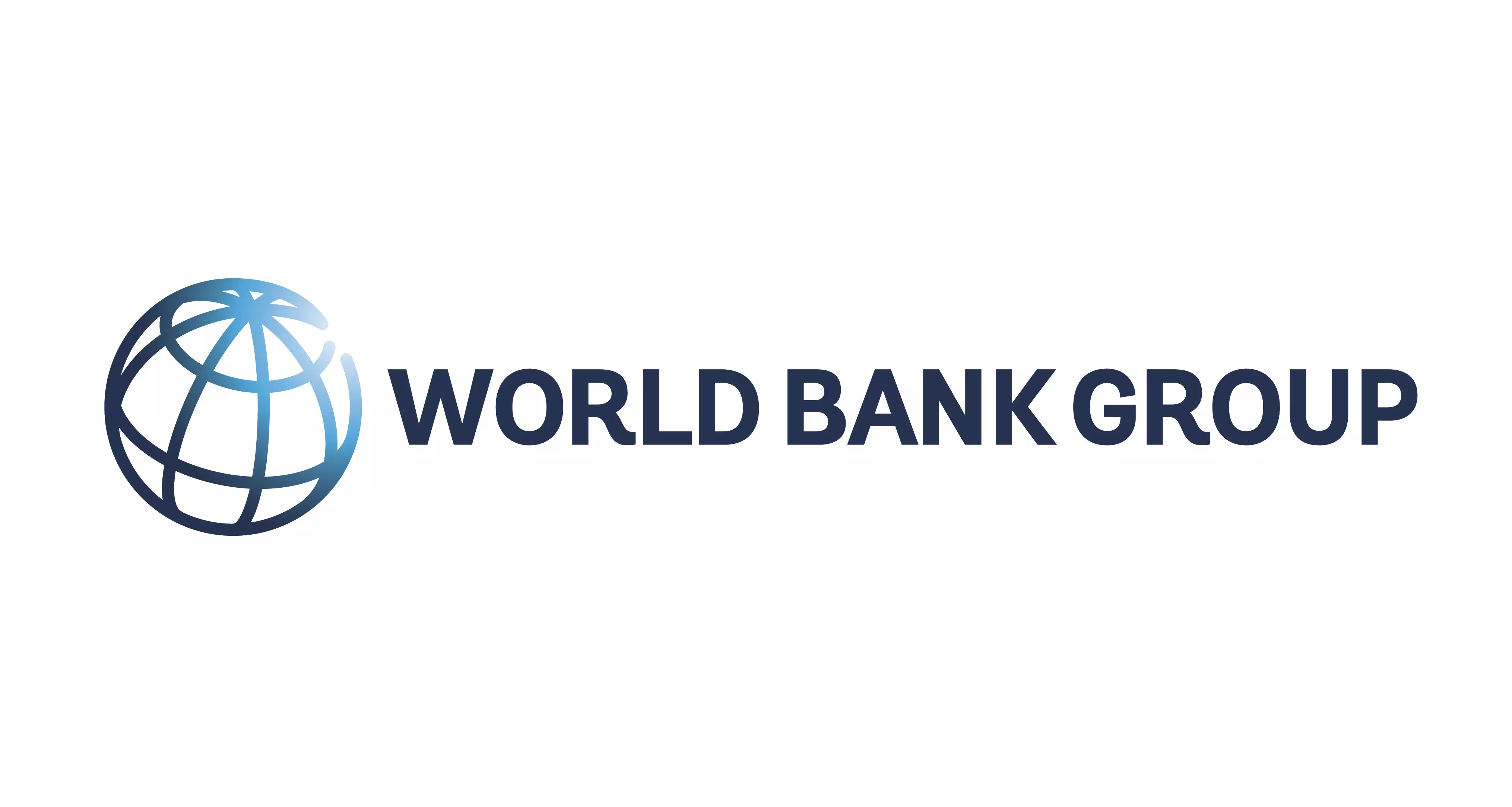South Asia Should Watch Debt Sustainability: World Bank

South Asia Should Watch Debt Sustainability: World Bank (Representational Image/ DC)
Chennai: Supported by India’s growth forecast, South Asia is expected to grow faster than any other developing region in 2024. However, rapid increases in debt levels could raise concerns about the region’s debt sustainability, transparency, and fiscal stability, finds the World Bank.
The region’s total long-term public and publicly guaranteed (PPG) external debt has nearly doubled over the past decade, from $221.3 billion in 2012 to $418.6 billion in 2022.
Of the external debt, excluding that from IMF, India accounts for $205 billion, having grown from $119.9 billion in 2012. Pakistan’s debt has doubled from $46.6 billion to $91.5 billion, Bangladesh saw debt ballooning from $24.2 billion to $67.6 billion and Sri Lanka from $23 billion to $38.5 billion.
The government debt-to-GDP ratio of the region is 86 per cent, higher than any other emerging market and developing economy region.
Half of the countries in the region—Afghanistan, Maldives, Pakistan, and Sri Lanka—are either in debt distress or at high risk of it. The eight SAR countries now owe, on average, 47 per cent of external public debt to multilateral creditors, 34 per cent to bilateral creditors, and 19 per cent to private creditors. Multilateral creditors are still prominent in the region, and in particular in India.
Since graduating International Development Association that supports poorest nations, in FY2014, India is now one of the largest borrowers of the World Bank Group’s arm International Bank for Reconstruction and Development (IBRD), which is focused on market-based and creditworthy client countries. India owes 72 per cent of its bilateral debt to Japan, while Maldives and Pakistan owe 62 per cent and 67 per cent of their respective bilateral debt to China.
India is also an important creditor to low- and middle-income countries (LMICs). India’s outstanding public bilateral debt claims on these countries totalled $11.7 billion at end-2022, more than double that of 2012.
Equity flows to the region is largely determined by India and portfolio equity flows turned negative in 2022 to the tune of $17 billion in outflows.
Rapid increases in debt levels could raise concerns about the region’s debt sustainability, transparency, and fiscal stability. Though the region’s debt outlook is not particularly distressing since its gross national income (GNI) growth has outpaced external debt, these fiscal trends warrant ongoing scrutiny, the World Bank said. END
Of the external debt, excluding that from IMF, India accounts for $205 billion, having grown from $119.9 billion in 2012. Pakistan’s debt has doubled from $46.6 billion to $91.5 billion, Bangladesh saw debt ballooning from $24.2 billion to $67.6 billion and Sri Lanka from $23 billion to $38.5 billion.
The government debt-to-GDP ratio of the region is 86 per cent, higher than any other emerging market and developing economy region.
Half of the countries in the region—Afghanistan, Maldives, Pakistan, and Sri Lanka—are either in debt distress or at high risk of it. The eight SAR countries now owe, on average, 47 per cent of external public debt to multilateral creditors, 34 per cent to bilateral creditors, and 19 per cent to private creditors. Multilateral creditors are still prominent in the region, and in particular in India.
Since graduating International Development Association that supports poorest nations, in FY2014, India is now one of the largest borrowers of the World Bank Group’s arm International Bank for Reconstruction and Development (IBRD), which is focused on market-based and creditworthy client countries. India owes 72 per cent of its bilateral debt to Japan, while Maldives and Pakistan owe 62 per cent and 67 per cent of their respective bilateral debt to China.
India is also an important creditor to low- and middle-income countries (LMICs). India’s outstanding public bilateral debt claims on these countries totalled $11.7 billion at end-2022, more than double that of 2012.
Equity flows to the region is largely determined by India and portfolio equity flows turned negative in 2022 to the tune of $17 billion in outflows.
Rapid increases in debt levels could raise concerns about the region’s debt sustainability, transparency, and fiscal stability. Though the region’s debt outlook is not particularly distressing since its gross national income (GNI) growth has outpaced external debt, these fiscal trends warrant ongoing scrutiny, the World Bank said. END
( Source : Deccan Chronicle )
Next Story

